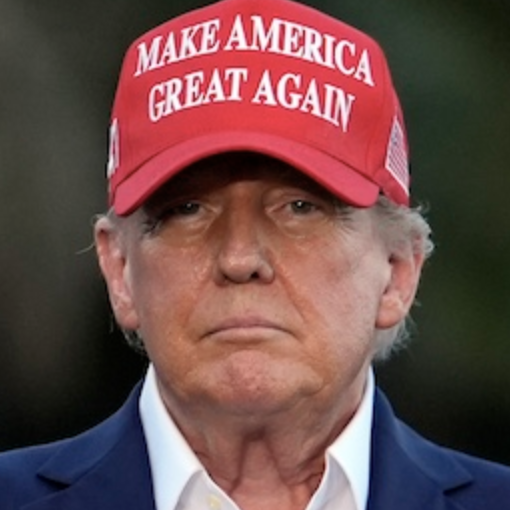During his 2024 campaign, President Donald Trump promised to end offshore wind energy development. On his second term's first day, Trump signed an executive order that set back federal efforts embracing wind energy.
The promise is one of 75 Trump made that PolitiFact will track on the MAGA-Meter. Over the next four years, we will periodically evaluate the new administration's progress on Trump's 2024 campaign promises, just as we did with Barack Obama, Trump during his first term and Joe Biden.
Trump's order pauses all new and renewed leases, permits and other approvals for all onshore and offshore wind projects, pending a comprehensive review of federal wind leasing and permitting practices.
The order also specifically ends new leasing for offshore wind energy projects in the federally-controlled outer continental shelf, where most offshore wind projects are located.
The order does not cancel existing outer continental shelf leases, but it directs the Interior Department secretary and U.S. attorney general to "conduct a comprehensive review of the ecological, economic, and environmental necessity of terminating or amending any existing wind energy leases" and recommend legal bases for doing so.
The order also notes that the attorney general may use the executive order in litigation to seek stays, delays or other court relief as needed to enforce the order.
Compared with offshore projects, the federal government has less control over onshore wind projects, many of which are on private land. However, even private land developments sometimes need federal approval, such as for wildlife and environmental permits. The order leaves most existing permits in place, but specifically orders Idaho's Lava Ridge wind project to be paused for review. The Bureau of Land Management in December had authorized the project to go forward.
Paul Bledsoe, a former Clinton White House climate adviser now with American University's Center for Environmental Policy, told PolitiFact that efforts to block previously permitted or under construction wind projects would be challenged in court and probably overturned in most cases.
"But the order will stop or greatly delay most U.S. wind projects not yet permitted," Bledsoe said.
Meanwhile, Trump's other energy-related Day 1 executive orders declared an "energy emergency" and directed federal agencies to facilitate domestic energy production.
History has shown that executive orders alone don't necessarily mean promises kept. President Joe Biden ordered a similar pause in new oil and gas drilling leases on federal lands and waters when he took office in 2021. Federal courts blocked and then reinstated it. Despite his own order, Biden ended up increasing approvals of public lands oil and gas leases and ultimately signed a 2022 law that required the federal government to resume some lease sales and offer new ones. PolitiFact found in 2023 that Biden had flip-flopped on his promise to end drilling on federal lands.
Weeks before leaving office, Biden issued an executive order to block millions of acres from offshore oil and gas drilling. Trump rescinded it in another Jan. 20 executive order that could face legal challenges.
By immediately stopping new permits, Trump's offshore wind executive order advances his promise to end offshore wind energy development. But the result won't be certain until the second Trump administration ends.
The administration might try to cancel existing permits, allow some to proceed or even choose to approve new ones. Litigation could also affect the outcome.
For now, we rate this promise In the Works.

